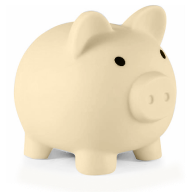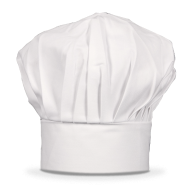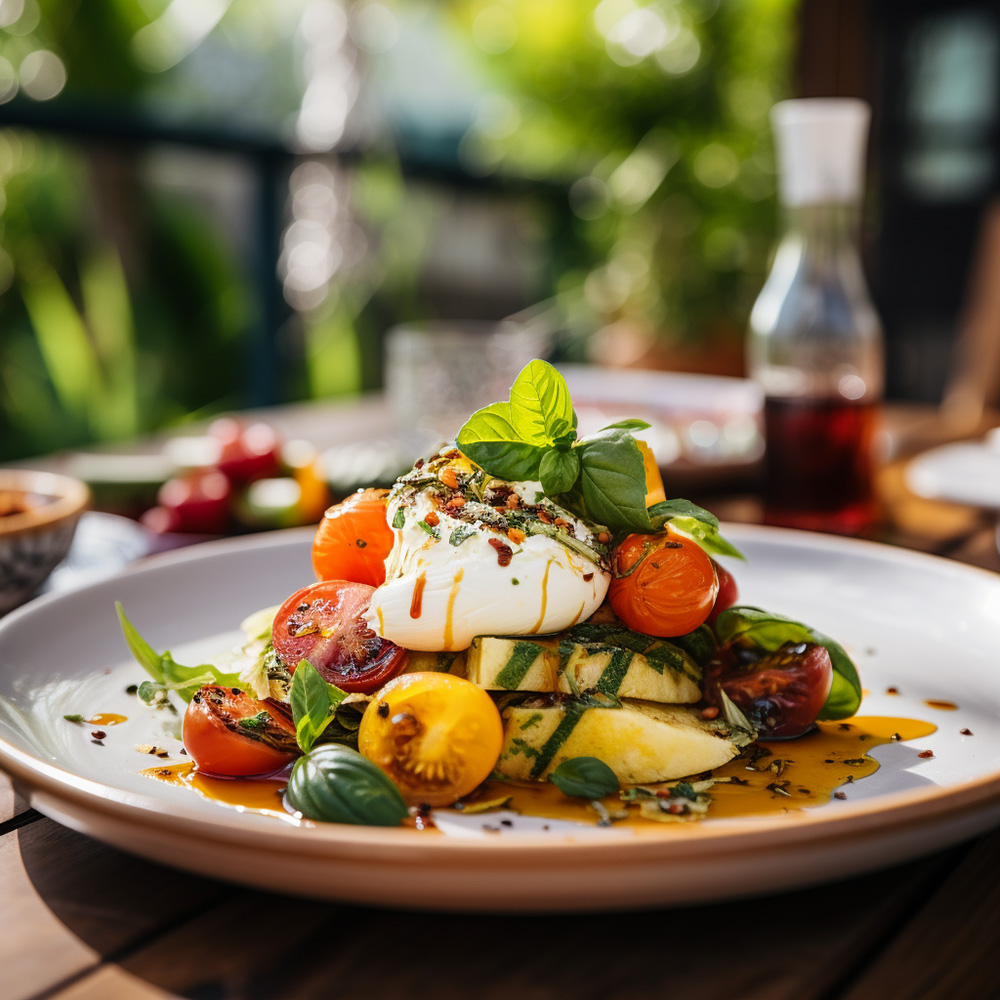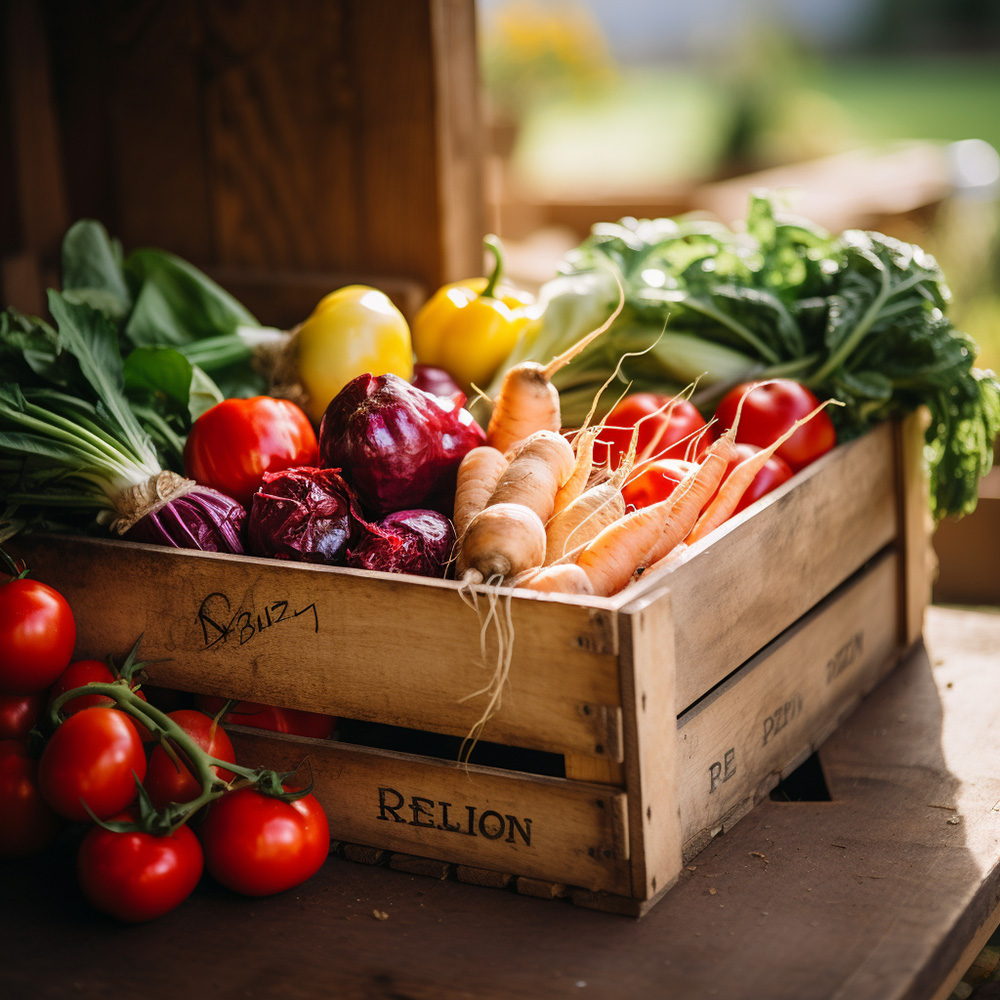
Food Cost Formula: A Comprehensive Guide to Managing Your Restaurant's Finances

Now we all know that running a bar or restaurant business isn't a walk in the park. One of the biggest challenges we face is managing our finances effectively. That's where understanding how to calculate a food cost formula comes to the rescue! In this article, we'll dive into the nitty-gritty details of the food cost formula and discover how it can help us maintain profitability and success in the competitive restaurant industry.

What is the Basic Formula for Food Cost Percentage?
Food cost percentage is a metric used in the food service industry to measure the cost of food as a percentage of its sales price. It's a helpful metric to see if restaurants, bars or cafes are making enough dough and running efficiently. Now, there's more than one way to crunch those numbers and get the food cost percentage. Here are three popular methods:
- Basic Food Cost Percentage Formula: Food Cost Percentage = (Cost of Food / Sales Price) x 100
In this method, you calculate the cost of the food used in a specific dish or menu item and divide it by the selling price of that item. Then, multiply the result by 100 to get the percentage. - Beginning and Ending Inventory Method: Food Cost Percentage = ((Opening Inventory + Purchases) - Closing Inventory) / Food Sales) x 100
This method involves considering the value of inventory at the beginning and end of a specific period (e.g., weekly or monthly). You calculate the total value of food purchases during that period, add it to the opening inventory value, and subtract the value of the closing inventory. Then, divide the result by food sales and multiply by 100 to get the percentage. - Cost of Goods Sold (COGS) Method: Food Cost Percentage = (COGS / Food Sales) x 100
The COGS method requires more detailed financial information, such as the cost of food purchases, cost of ingredients used and other direct costs associated with food production. COGS represents the total cost of all items sold during a specific period. Divide the COGS by the total food sales and multiply by 100 to obtain the food cost percentage.
For more in depth food cost calculations, read our article on ‘How to Calculate Food Costs’.

Calculating Food Cost Percentage
In this part, we're going to show you how to use those three food cost formulas we talked about earlier. These formulas are gonna help you figure out the actual food cost percentage, so you know if you're on track or if you need to make some changes.
Basic Food Cost Percentage Formula: Let's say you're running a restaurant, and one of your signature dishes costs $8 to make. You sell it for $20.
To calculate the food cost percentage using the basic formula:
Food Cost Percentage = (Cost of Food / Selling Price) x 100
Food Cost Percentage = ($8 / $20) x 100 = 40%
So, the food cost percentage for that dish is 40%.
This means that 40% of the money we make from selling that dish goes toward covering the ingredient costs.
Beginning and Ending Inventory Method: Imagine you're managing a cafe, and you want to calculate the food cost percentage for the month of May. At the beginning of the month, your food inventory is valued at $2,000. Throughout the month, you purchase additional ingredients worth $3,000. By the end of May, the value of your remaining inventory is $1,500. Your total food sales for May amount to $10,000. To calculate the food cost percentage:
Food Cost Percentage = ((Opening Inventory + Purchases) - Closing Inventory) / Food Sales) x 100
Food Cost Percentage = (($2,000 + $3,000) - $1,500) / $10,000) x 100 = 45%
So, the food cost percentage for the month of May is 45%. By calculating food cost percentage using the beginning and ending inventory method, you can see how much of your total food sales is spent on ingredients. This gives you a clear picture of how effectively you're using your inventory and whether there are any discrepancies or inefficiencies. It helps you identify if you're overstocking or under-stocking and ultimately allows you to make adjustments to improve profitability.
Cost of Goods Sold (COGS) Method: Let's say you own a food truck and you want to calculate the food cost percentage for a particular week. During that week, your food purchases cost $1,200, and other direct costs like packaging and ingredients add up to $300. Your total food sales for the week amount to $3,500. To calculate the food cost percentage:
Food Cost Percentage = (COGS / Food Sales) x 100 Food Cost Percentage = (($1,200 + $300) / $3,500) x 100 = 40%
So, the food cost percentage for that week is 40%. Using the COGS method, you factor in not only the cost of your food purchases but also other direct costs like packaging and ingredients. The resulting food cost percentage, which is 40% in our example, shows you the proportion of your food sales that goes into covering those costs. This calculation helps you understand if your pricing strategy is on point and if you're maintaining a healthy profit margin. It's a crucial metric for monitoring the financial health of your food truck and making informed decisions to maximise your profits.
In addition to food cost percentage, there are also gross profit, Cost of Goods Sold (COGS) and menu mix which you should consider when running a restaurant or bar business. A food cost calculator can make dealing with these calculations a breeze. Read up on how a food cost calculator can assist your business.
The Importance of Food Cost Control
Using food cost control measures can save your business money and bring in more profits without needing to make more sales!
When our food costs get out of hand, it can seriously dent our financial health. At the same time, by reducing costs across your menu, even by a few cents each dish you can improve your profits in the long run. Accurate pricing and portion control are crucial to ensure we don't end up dishing out more money than we're making. It gives your staff accountability to manage costs and keep them inline with your forecasts.
Looking For an Easier Way to Calculate Your Food Costs?
Are you ready to take control of your costs like never before? Look no further than Loaded's all-in-one Hospitality Software with its incredible in-built food cost calculator. With this powerful tool at your fingertips, you can wave goodbye to manual calculations and welcome accurate and efficient cost management. No more guesswork or spreadsheet headaches—just simple and effective cost calculations. Discover the convenience and precision of Loaded's food cost calculator and schedule a demo here.

What is the Standard Food Cost Percentage for Restaurants?
So, here's the scoop: in full-service restaurants, fast-food restaurants and cafes, the food cost percentage tends to hang around 28-32% on average. However, there's no one-size-fits-all "good" percentage that applies to everyone. It all boils down to what kind of food you're serving and the restaurant costs involved in running your establishment. If you are researching on how to uncover the perfect food cost percentage for your establishment, Loaded's food cost calculator can calculate your very own ideal percentage. It's all about finding that sweet spot that suits your unique menu, restaurant expenses and operating expenses.
Analysing and Interpreting Food Costs
Now, let's dive into analysing and interpreting food costs. It's not just about crunching numbers; it's about unlocking the power that those figures give us.
Food cost percentage helps reveal the proportion of our revenue that goes towards covering food costs. By calculating this percentage, we can see how efficiently we're managing our ingredient expenses. Are we keeping a tight rein on costs or are they sneaking away with a larger slice of our profit?
All of us are part of a bustling restaurant industry. So, it's only fair to compare our numbers to industry benchmarks. By doing so, we gain valuable context and insights into our financial performance.
Industry benchmarks act as our yardstick for success. They provide a general sense of what is considered a healthy food cost percentage in our specific segment of the restaurant industry. Are we on par with the industry standards or do we need to tighten our belts and make some adjustments? Benchmarking helps us answer these critical questions and gauge our performance against the broader landscape.
You can also set Food Cost Key Performance Indicators (KPIs) to help empower your chefs to create menus within a certain food cost percentage. This is helpful to balance your overall menu profit if some menu items are making bank while others aren't. Another great use of KPIs is to set a target percentage for future costs which your food purchases should meet. This can help when negotiating with ingredient suppliers to keep your costs low and improve profits.
Strategies for Reducing Food Costs
Now, let's dig into the heart of the matter—strategies for slashing those food costs without sacrificing the quality that keeps customers coming back for more. Here are our tips for helping you hold onto our hard-earned dollars.
- Negotiation: Building strong relationships with our suppliers and flexing our haggling muscles can go a long way. By negotiating better prices, bulk discounts or even exploring alternative ingredient options, we can bring down those costs and keep more money in our pockets. It's all about finding that perfect balance between quality and affordability.
- Choose Cost Effective Ingredient Sources: Exploring local markets, sourcing seasonal produce or even considering frozen options can open up a world of savings without compromising on flavour. By getting a little creative with our ingredient choices, we can keep our customer's taste buds satisfied and our wallets happy.
- Portion Control: Training our staff to master the art of portioning can make a huge difference in our bottom line. Ensuring that each dish is served with just the right amount of ingredients reduces waste and maximises the value we get from every dollar spent. It's like finding the sweet spot where everyone leaves the table satisfied, and our costs stay in check.
- Efficient inventory management practices: By keeping a close eye on our food inventory and inventory costs, we can prevent unnecessary spoilage, reduce food waste and avoid overstocking ingredients. Staying organised and using technology, like inventory tracking food systems, can help us streamline our operations and ensure we're always working with the freshest ingredients while minimising unnecessary expenses.
- Involve Your Team: Engaging our kitchen staff and involving them in cost-saving initiatives can yield incredible results. Encouraging them to contribute ideas, identify inconsistent portion sizes and spot potential areas of waste. When you train staff you can create a culture of cost-consciousness that benefits everyone involved.

Leveraging Technology for Food Cost Management
Technology, our trusty sidekick always there to lend a helping hand. And when it comes to managing food costs, we can't overlook the incredible role that food costing software has in simplifying our working lives and boosting efficiency.
Drilling down to specifically food cost calculator tools. A food cost calculator is an innovative piece of software or an online tool that takes the guesswork out of calculating recipe costs or menu pricing. With just a few inputs, such as ingredient quantities, prices and portion sizes, the calculator calculates your ideal food percentage and helps you in your journey to become a profitable restaurant
We simply enter the necessary information and it swiftly calculates the total cost of the ingredients required to make a specific dish. It factors in all the ingredients, their quantities, and their prices to give us an accurate cost estimate.
Food cost calculators often go the extra mile. They can also generate detailed reports that break down the cost of each ingredient, provide a breakdown of labour costs, and even calculate the overall food cost percentage for a particular dish. These reports give us a comprehensive understanding of our expenses, allowing us to make informed decisions about pricing, portion sizes, and restaurant menu profitability.
Loaded all-in-one Hospitality Software has an in-built food cost calculator to simplify your food cost calculations. Take control of your expenses, streamline your operations and boost profitability. Loaded also includes features such as recipe costing, physical inventory management and order management to take your restaurant profits to the next level.
Discover the power of Loaded Food Costing Software today and start optimising your menu with confidence! Click here for a 30 day free trial.

Implement The Food Cost Formula and Take Control of Your Finances
After reading our guide on the food cost formula you will be armed with the knowledge to take on any financial challenges that come with running a successful restaurant, bar or cafe. By implementing these tips and tricks, you'll be well on your way to improved profitability and a thriving establishment. Remember saving 50c- $1 per meal can add up to big savings over the long run. So, crunch those numbers and start analysing ways you can reduce costs and be more mindful of your business’s food costs.
Revolutionise your Cost Management and Maximise Profit Margins With Loaded
Ready to revolutionise your cost management and maximise your profitability? Take charge of your expenses with Loaded's cutting-edge In-Built Food Cost Calculator. Say goodbye to manual calculations and hello to precise, effortless cost control. Experience the power of Loaded's comprehensive Hospitality Software today and discover a new era of financial success for your food business.
Don't miss out—empower your operations and start mastering your costs, sign up to Loaded for free today
.

More Profit
Making money doesn’t happen by accident! Learn how to tune your business and improve your bottom-line.

More Success Stories
Get inspired by stories from real Loaded customers who run thriving hospitality businesses.

More Labour
Get tips for optimising your staff’s time, and for managing your team effectively.

More Culture
Making money doesn’t happen by accident! Learn how to tune your business and improve your bottom-line.

More Design
Making money doesn’t happen by accident! Learn how to tune your business and improve your bottom-line.

More Design
Making money doesn’t happen by accident! Learn how to tune your business and improve your bottom-line.

More Design
Making money doesn’t happen by accident! Learn how to tune your business and improve your bottom-line.
Learn from the best
Find articles, videos, E-books and more all delivered by our qualified, world-class community of expert hospitality operators: take a look
Season 2: Spring Bootcamp for a Money-Making Summer
We've poured our 100+ combined years of hospitality experience into a series of live and recorded webinars that will be your bootcamp for a money-making summer.





















